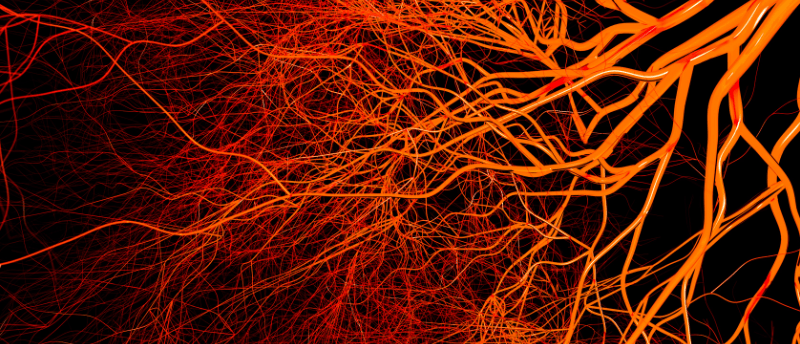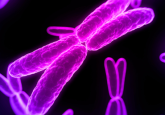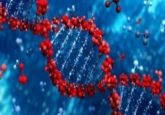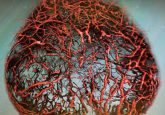Key proteins behind blood vessel growth discovered

Blood vessels often grow in nutrient-deficient sites, and now researchers have identified key proteins that regulate this process.
Blood vessels ensure that organs get the nutrients and oxygen needed to function. However, several conditions, such as age-related cardiovascular conditions, can damage blood vessels, while abnormal growths like malignant tumors can result in the excessive growth of misrouted vessels.
“To help us develop targeted therapies for these kinds of disease, we want to find out how exactly the growth of new blood vessels – a process called angiogenesis – is regulated within the body,” said Michael Potente from the Berlin Institute of Health at Charité (Germany), a senior author in this collaborative study amongst several institutes.
The researchers identified two proteins called YAP and TAZ that initiate the growth of new blood vessels. Both proteins function in a similar way and are part of the Hippo signaling pathway, which regulates organ growth in most living things. “If these two molecules are active in the cells of the vessels’ inner wall – the endothelium – they read genes that lead to increased growth of certain surface transporters,” said Potente. This results in the increased absorption of nutrients needed for cell growth and division.
 Computer model identifies cancerous driver mutations
Computer model identifies cancerous driver mutations
Researchers have developed a computer model to scan the entire genome of cancer cells and distinguish driver mutations from passenger mutations.
Following this increase in nutrient absorption, a protein called mTOR is activated, which is an important control point in cells and leads to cell growth and division. This results in blood vessel formation, thereby expanding blood vessel networks.
“Using genetically modified mouse lines, we showed how endothelial cells that don’t produce YAP and TAZ almost never divide,” explained Potente. “This inhibited vessel growth in mice.” It would seem that YAP and TAZ open the door to the rest of the blood vessel formation pathway.
Endothelial cells need to grow in challenging metabolic conditions as new blood vessels often form in tissues with a poor blood supply. “That’s why it’s so important for these cells to have molecular machinery that recognizes and reacts to subtle changes in the extracellular milieu,” explained Potente. The proteins YAP and TAZ are sensitive to environmental changes including mechanical, metabolic and soluble signals, and coordinate tissue growth responses accordingly.
“Together, we’ve discovered a mechanism that enables blood vessels to align their growth closely to the situation in their surroundings,” said Holger Gerhardt, one of the authors of the study (Max Delbrück Center for Molecular Medicine; Berlin, Germany). “The mechanism stops endothelial cells from dividing if the metabolic resources needed for the process aren’t there.”
This study looked at vessel growth in tissue development, with Potente and Gerhardt hoping to now investigate how much this mechanism is present in tissue regeneration and repair processes that rely on blood vessels. “We’re primarily interested in finding out whether and, if relevant, how malfunctions in that signaling pathway can cause vascular diseases in humans,” Potente concluded.





